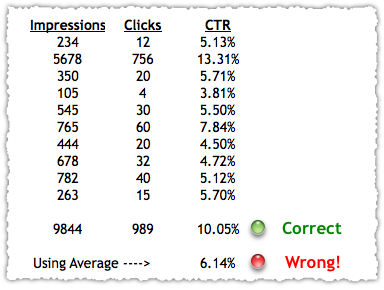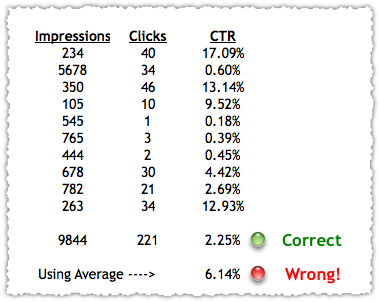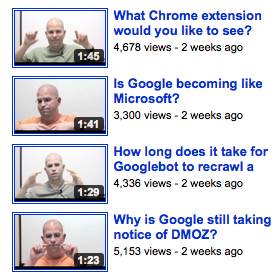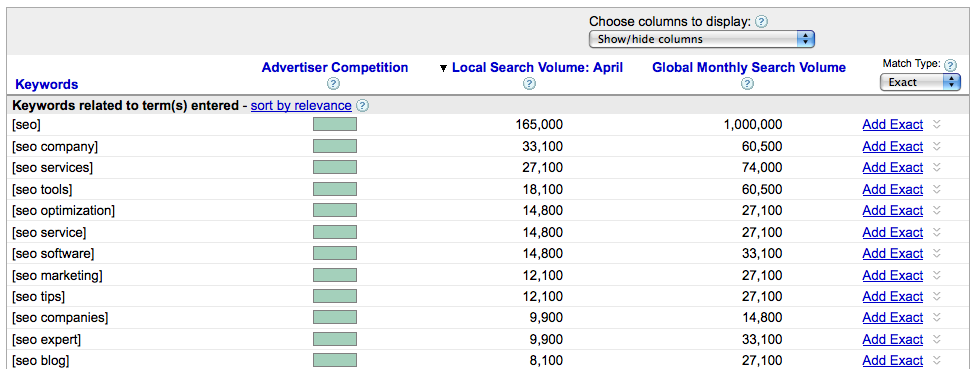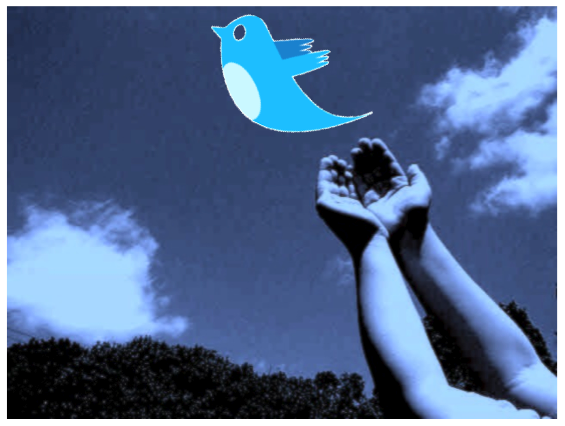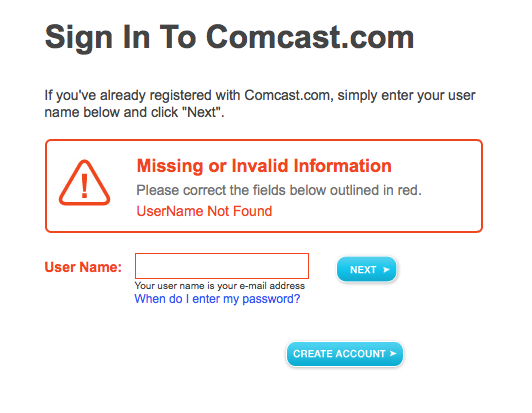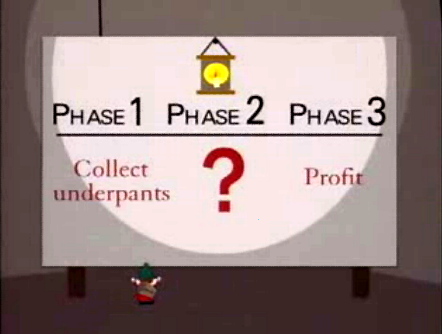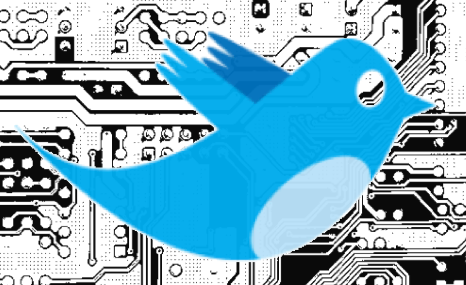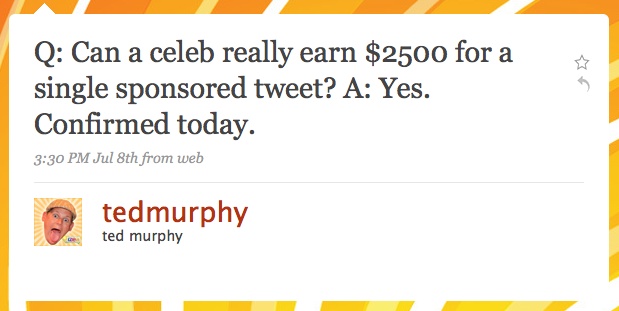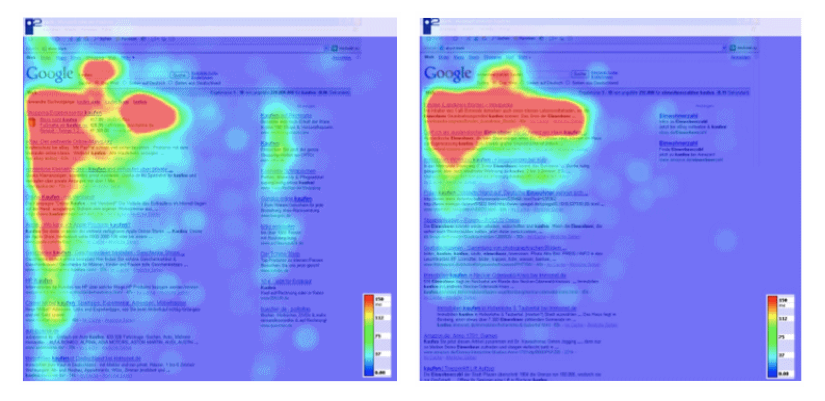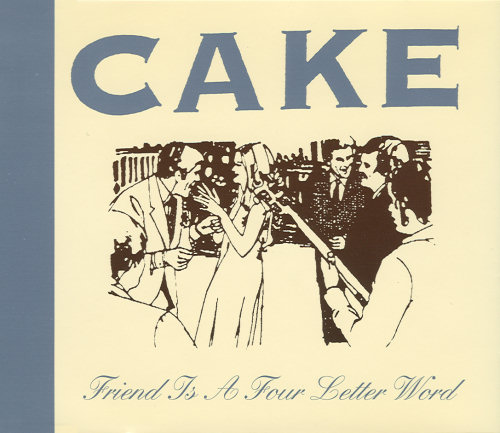The other day I followed a ping back to Elsewhere. There I found a fantastic blog commenting policy.
I’ve turned “nofollow” back on for links in comments.I can find a good WordPress plugin from Collectiveray.com that allows me to disable this on a per-comment basis, I will manually remove that on comments I think deserve it.
Use your name, nickname, pseudonym, handle, or other personally-relevant identifier in the “Name” field. Your name is not “Miami Attorneys” or “Solar Panels” or “Bingo Games”. If you use a product or site name as your own name and it makes it through the spam filters, I will manually delete it. This applies to obvious keyword linking, too. The keyword you’re trying to boost is not your name. If you use it as your name, I will remove your comment. Use your own name, or something reasonably name-like.
Linking to the site you’re promoting is fine, as long as it’s relevant to the post or other comments in the thread. If I feel it is spammy, I may delete the link or the whole comment, depending on my mood. Your link will have rel=”nofollow” applied, unless I think it deserves otherwise.
If you are not a spammer or SEO practitioner, you probably don’t know what any of that meant. Don’t worry about it; it doesn’t apply to you.
This is why so many people hate SEO and you really can’t blame them either. The sad truth is that most people lump SEO in with this obnoxious form of blog commenting spam. This is what they see, despite the reality. Which got me thinking.
Dread Pirate SEO
Most people probably think of SEO as the Dread Pirate Roberts.

If you’re familiar with The Princess Bride (and you should!) then you know that the Dread Pirate Roberts was thought to be an incredible villain. What they didn’t know (among other things) was that the Dread Pirate Roberts wasn’t just one person.
So you can think of the Dread Pirate SEO declaring that his name is Miami Attorneys on blog after blog, taking no prisoners in his quest for keyword anchor text.
SEO Must Die
Of course this provokes a rather normal reaction.
Yes, a phalanx of Inigo Montoyas rise up to call for the head of the Dread Pirate SEO. They seek to battle him at every turn, not knowing the truth behind the mask.
Inconceivable!
The problem is what most people see looks like (and often is) trickery. Yes, many in our profession are true Dread Pirate SEO. Compounding this is the fact that every good SEO does know some tricks. Not only that, but many like to poke and prod the algorithm in an effort to understand what will really work.

SEOs enjoy this battle of wits. And we like to win. However, it may give many the wrong impression of our true purpose.
We’re Westley
Dread Pirate SEO is actually … a good guy!

Good SEO is simply ensuring that your content finds the right audience. It would be nice if a good site or great content would immediately rank for the right queries. But that’s not what happens, despite the Google dogma. Instead, SEO is there to storm the castle and ensure that your time and effort is rewarded with the right traffic. That your site and content are seen by the right people.
Will most people ever think of SEO as their ally? Probably not. That just happens in the movies.
